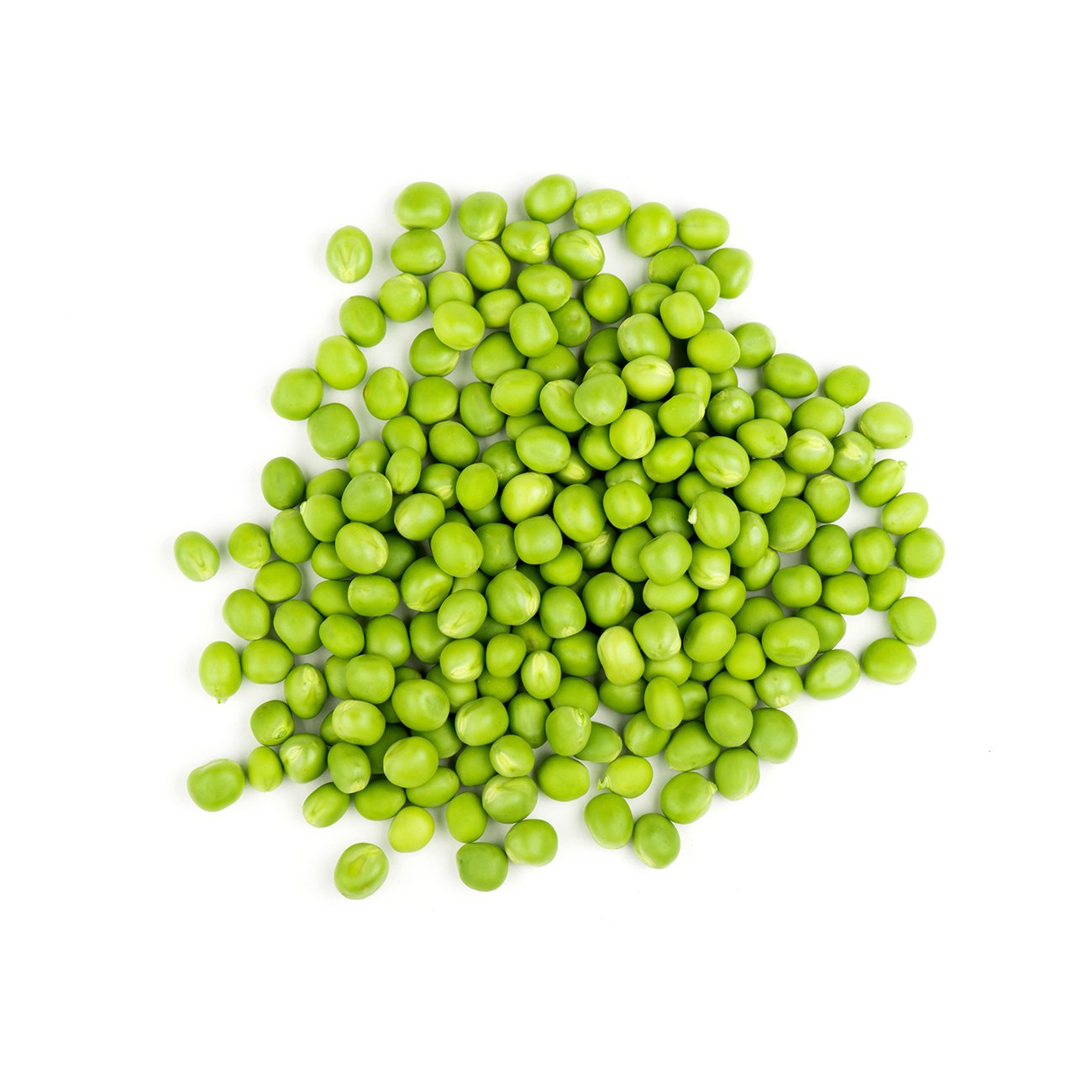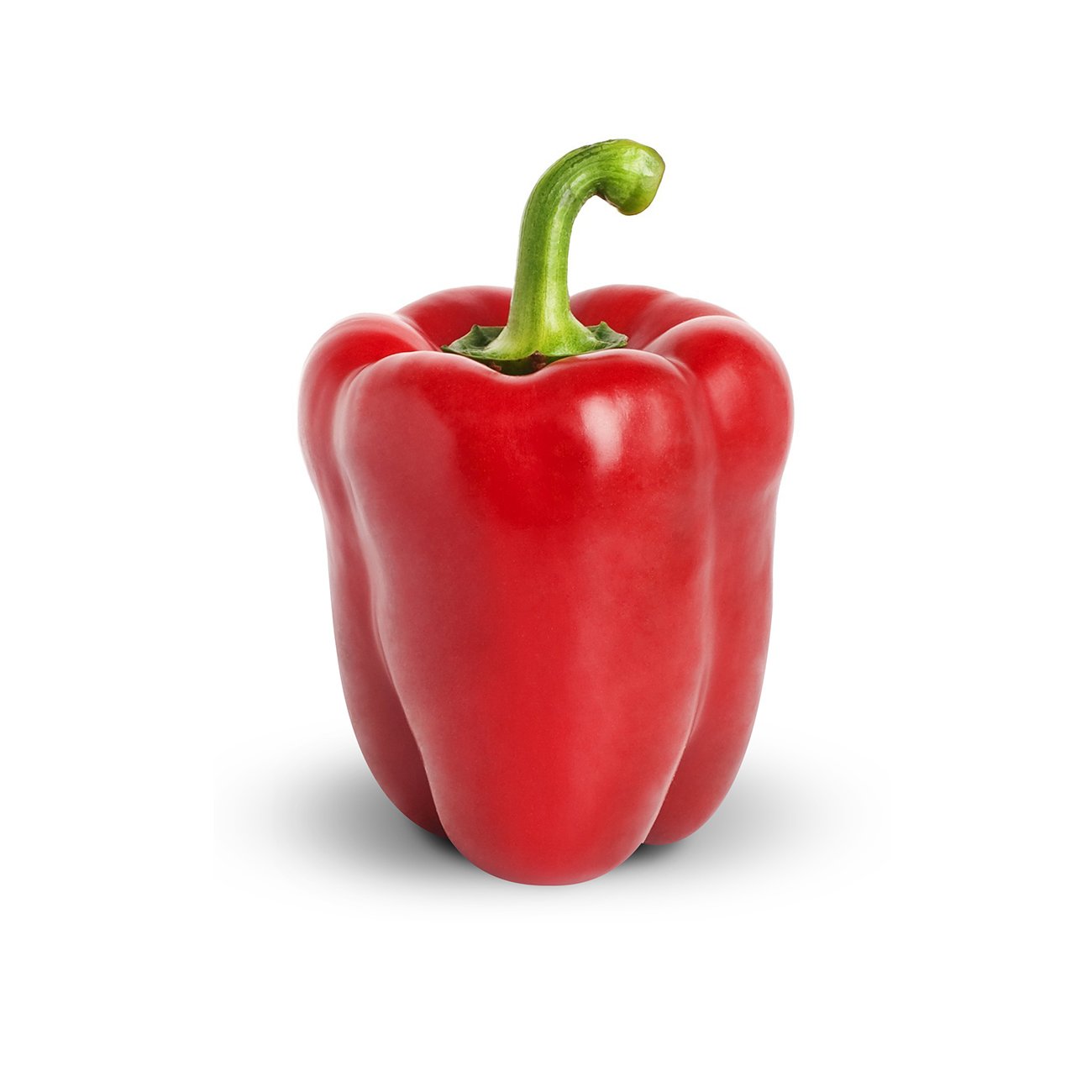Corn has round, yellow kernels that form on an ear surrounded by a green husk. Several varieties are available, including some with white kernels and others with a mix of yellow and white kernels. Varieties differ in sweetness. Colour varieties like whites, reds, oranges and blues are also common.
-
Harvesting
Sweet corn is considered mature for fresh market consumption when the pollination silks are dried and the kernels are still immature. The husk leaves remain tight and have a good green appearance. Quality of fresh market sweet corn is judged by its fresh, uniform appearance, uniform and well filled rows, plumpness of kernels, milky kernel contents, and freedom from damage and defects (discolouration, harvest injury, worm damage, live insects, decaying silks or kernels).Postharvest storage temperature
Store at 0–1.5°C. Sweet corn is not stored for more than a few days due to the rapid deterioration of quality, even at ideal temperatures. When short-term storage is necessary for orderly marketing, the maximum duration including transit times should not exceed 7 days. Freezing injury will be initiated at -0.6°C. Symptoms include water-soaked patches on the husks and water-soaked kernels becoming gelatinous and developing off-odours over time.Controlled atmosphere storage
Controlled or modified atmosphere storage or shipping offer moderate benefits to sweet corn quality maintenance. Low O2 levels (3%) and elevated CO2 (10%) delay loss of sucrose content and maintain the green appearance of husks. Controlled atmosphere at 5°C is superior to storage in air alone, but sugar content is not retained as well as corn stored at 0°C. Sweet corn does not tolerate low (<2%) or elevated co2 (greater than or equal to 20%).>Ethylene sensitivity
Exogenous ethylene is not considered an important postharvest handling factor.Humidity storage
Store at 95–98% relative humidity.Disease & infection
Diseases are not an important source of postharvest loss compared to field acquired insect damage and physiological deterioration due to the high rate of respiration and conversion of sugars to starch. Dry silks often develop superficial moulds after longer storage (greater than 10 days). -
Remove outer before use. Keep in vegetable drawer of fridge.
Nutrition information
| Qty per serve | % RDI per serve | Qty per 100g | |
|---|---|---|---|
| Energy | 296 kJ | 3% | 395 kJ |
| Protein | 2.9 g | 6% | 3.9 g |
| Fat, total | 1.4 g | 2% | 1.9 g |
| – saturated | 0.2 g | 1% | 0.2 g |
| Carbohydrate | 9.4 g | 3% | 12.5 g |
| – sugars | 2.8 g | 3% | 3.7 g |
| Dietary fibre, total | 4.2 g | 14% | 5.6 g |
| Sodium | 2 mg | 0% | 3 mg |
| Folate | 35 µg | 18% RDI | 47 µg |
| Thiamin | 0.12 mg | 11% RDI | 0.17 mg |
| Potassium | 260 mg | - | 346 mg |
Note: % RDI are based on an average adult diet of 8700 kJ. Your daily intakes may be higher or lower depending on your energy needs. RDI = Recommended Dietary Intake; ESADDI = Estimated Safe and Adequate Daily Dietary Intake.

You might also like
Veggy tip
When steaming or microwaving whole corn cobs, leave the husk on, rather than boiling and losing nutrients to the cooking water.



